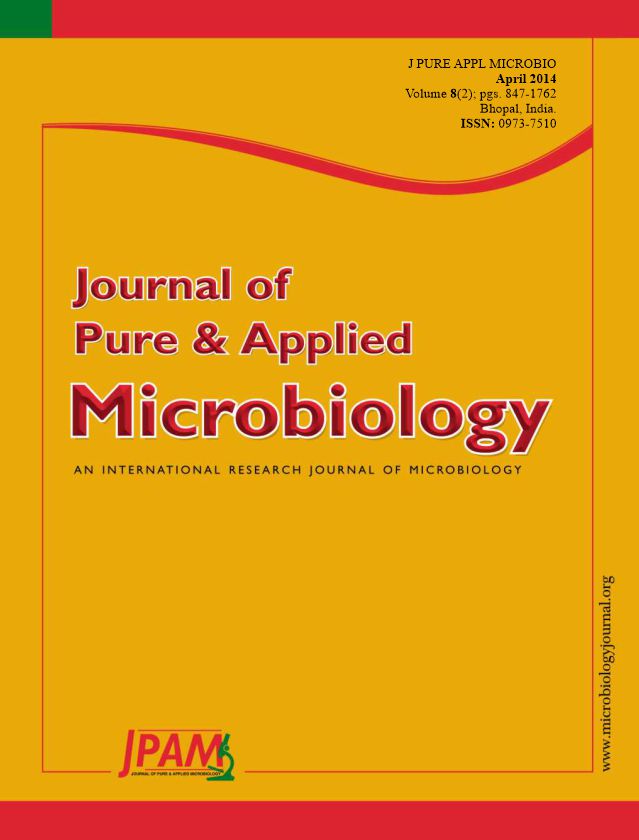Increasing interests in natural health-promoting products have led to extensive exploration of probiotic bacteria for beneficial effects against various disease conditions and health problems. Previously unexplored bacterial strains have been discovered to have beneficial effects not covered by existing probiotic products, which may be further developed into useful products. In this work, we aimed at developing a bacterial strain Bacillus subtilis natto, which has not been explored as a probiotic before, into a product for facilitating the prevention and treatment of thrombosis, a major cause of complications in hospital patients not yet covered by any existing probiotic products. We optimized its culture conditions and prepared its powder forms for optimally retaining its beneficial effects. Using Bacillus subtilis natto as the target strain, we determined the optimal additive composition of enrichment medium for the strain growth (yeast powder 0.7 %, peptone 0.5 %, starch 0.3 %, and NaCl 0.5 %) and culture condition (pH 7.0, temperature 37°C, culture time 20 h). The strain powder form was made vacuum freeze drying and found to be optimally retained at the additive composition of 10 % skim milk powder, 4 % glucose, 4.0 % glycerol, 2 % gelatin, 4.0 % sucrose, 3 % VC, and 10.0 % trehalose in the single factor experiment. The protective effect of the strain powder was found to be optimal at the additive composition of 2 % glycerol, 15 % skim milk powder, 2 % gelatin, 12 % trehalose, as suggested by the L9 (34) orthogonal test. Our work facilitates the future efforts in developing Bacillus subtilis natto into a antithrombotic probiotic.
Bacillus subtilis natto probiotics, Proliferation vacuum freeze drying, Protective agent antithrombotic
© The Author(s) 2014. Open Access. This article is distributed under the terms of the Creative Commons Attribution 4.0 International License which permits unrestricted use, sharing, distribution, and reproduction in any medium, provided you give appropriate credit to the original author(s) and the source, provide a link to the Creative Commons license, and indicate if changes were made.


